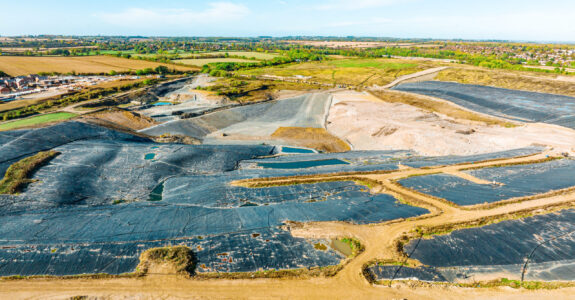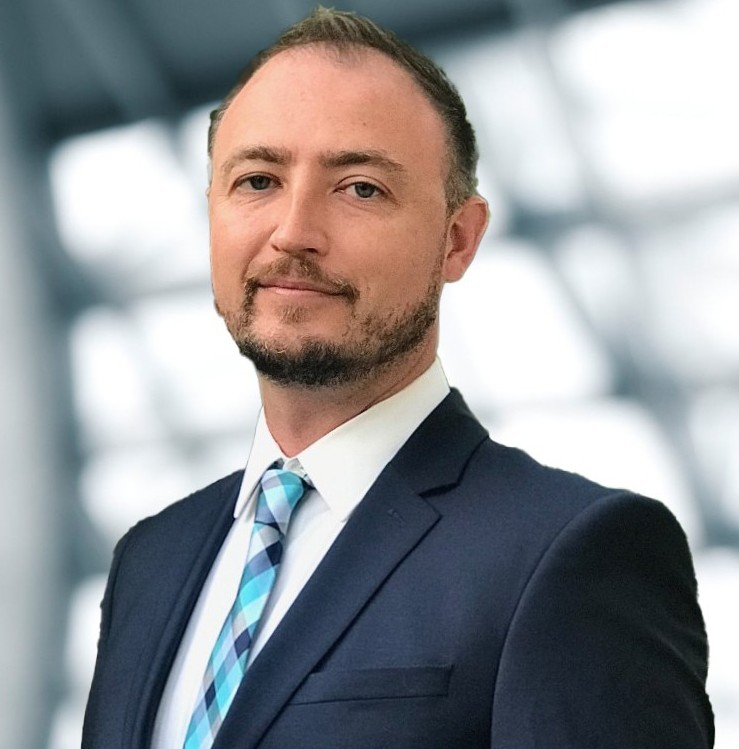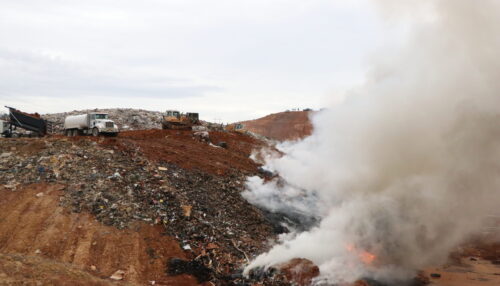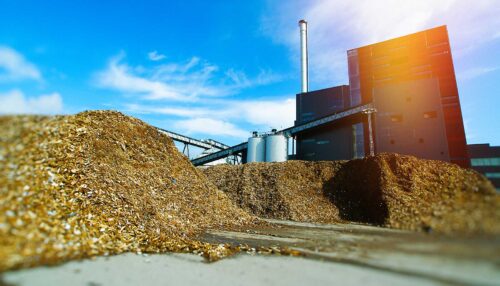
What Operators Should Be Watching
California’s Proposed Landfill Methane Rule
October 13, 2025
By: Kyle Lapic
Landfill operators in California face another regulatory inflection point. In September 2025, the California Air Resources Board (CARB) released draft amendments to its Landfill Methane Regulation (LMR). The goal: tighten leak detection, anticipate emissions during downtime, and harness new technologies (like drone-mounted scanners) to catch leaks in currently unmonitored zones. Below we break down what the proposed rule could mean and steps you should consider now.
What the Draft Amendments Propose
Here’s a look at some of the major shifts under discussion:
Stricter leak monitoring thresholds & timelines
The draft would lower the allowable methane concentration threshold (for “exceedances”) and require more frequent inspections, with faster repair obligations when leaks are detected.
Contingency planning for infrastructure downtime
Operators would need plans for emissions when collection systems, flares, or other pollution control devices are temporarily offline – a scenario that’s unavoidable but must be managed more formally.
Adoption of mobile / remote detection
Right now, certain slopes, berms, and sidewalls go unmonitored because they’re unsafe or inaccessible. The draft directs operators to use tools like drone-mounted laser scanners or other mobile sensing equipment to cover those gaps.
Expanded reporting, oversight & verification
The proposal envisions more standardized, digital reporting to CARB and local air districts. It also suggests use of satellite or plume detection as an external check on operator data.
Appendix A‑1: Method 21 and the Role of Alternative Methods
One pivotal part of the draft is Appendix A‑1, which still lists EPA Method 21 as the baseline approach for surface leak detection (walking the site with a handheld detector). While Method 21 is a long‑standing, well‑understood method, it has limitations. It can be time-consuming, may miss localized or transient emissions, and is sometimes dangerous or impractical on steep slopes.
What’s new: the draft explicitly allows operators to propose alternative monitoring methods for example, Optical Gas Imaging (OGI), drone‑based systems, or laser scanning tools provided they show they are reliable, auditable, and meet performance criteria.
This flexibility is significant: it means operators can invest in advanced technologies rather than being locked to conventional methods. But it also means that those alternative methods will need to withstand regulatory scrutiny and validation.
Real‑World Example: OGI in Practice
To ground this in real capability, consider how Montrose (and similar service providers) describe OGI deployment:
- OGI can scan areas up to 20× faster compared with traditional sniffer walking.
- It can reach zones that are unsafe or inaccessible to personnel.
- Because OGI produces visual representations of gas plumes, it helps reduce “ghost leaks” and more precisely pinpoint leak sources.
- Some providers pair OGI with quantitative measurement tools (flow meters, bagging, etc.) and integrate results into data platforms for trend analysis and reporting.
For landfill operators, that means when CARB asks for alternative method validation, you can point to documented, real‑world uses, not just lab theory.
What Operators Should Be Doing Now
While the rule is still in draft form, there are several proactive steps operators should take:
1) Stay plugged into the CARB process
Attend workshops, review draft documents, and submit comments. The public comment period is your chance to influence which technologies are deemed acceptable, timelines, exemptions, and more.
2) Pilot advanced leak detection technologies
Small‐scale trials of OGI, drone scanning, or laser sensors can build your internal confidence, collect performance data, and help you justify future investments.
3) Budget for compliance shifts
New monitoring, reporting, validation, and repair requirements will likely increase both capital and operational costs. Incorporate this into your five‑year budget now.
4) Ensure data & QA/QC protocols
Advanced tools generate richer datasets. You’ll need processes for audit trails, calibration, data storage, analysis, and reporting integrity.
5) Plan for phased implementation
The draft’s most stringent requirements likely won’t become enforceable overnight. You’ll want a roadmap: early upgrades, mid‑phase calibration, final compliance push.
Continue Reading
The proposed methane amendments reflect a deeper trend: regulators want not just leak control, but greater transparency, automation, and external verification of emissions. For California landfills, elevated scrutiny is becoming the norm, not the exception.
 Kyle Lapic
Kyle Lapic
Senior Consultant
Kyle leads environmental compliance and project management initiatives across the Orlando, Florida area. Their expertise covers hazardous waste strategy, SPCC and SWPPP plan development, and facility audits aligned with RCRA and DOT standards. Kyle works closely with regulatory agencies to resolve compliance matters, support permitting, and guide clients through complex audits. They also develop EHS policies, conduct safety trainings, and implement health and safety plans that enhance operational integrity. Known for blending technical acumen with business development, Kyle delivers sustainable solutions that balance regulatory responsibility with client performance.




